An alternative title for this post might have been, “The many misfortunes of an Art Deco masterpiece”, because Villa Empain has a bizarre and tragic history. That the original building is still standing is something of a miracle, and it could have ended very badly had it not been rescued by the Boghossian Foundation in 2006. Even then, such was the dilapidation of the original 1930s building, it took 4 years of renovation to restore it.
How this masterpiece of Art Deco came to be in such a state reads almost like fiction. The brainchild of the newly enobled Baron Louis Empain and Swiss architect Michel Polak, construction was completed in 1935 using only the finest, most expensive materials. There is debate over whether Louis Empain ever actually lived in the house, but it’s likely that he spent a year there before having some sort of mystical experience and moving to Canada.



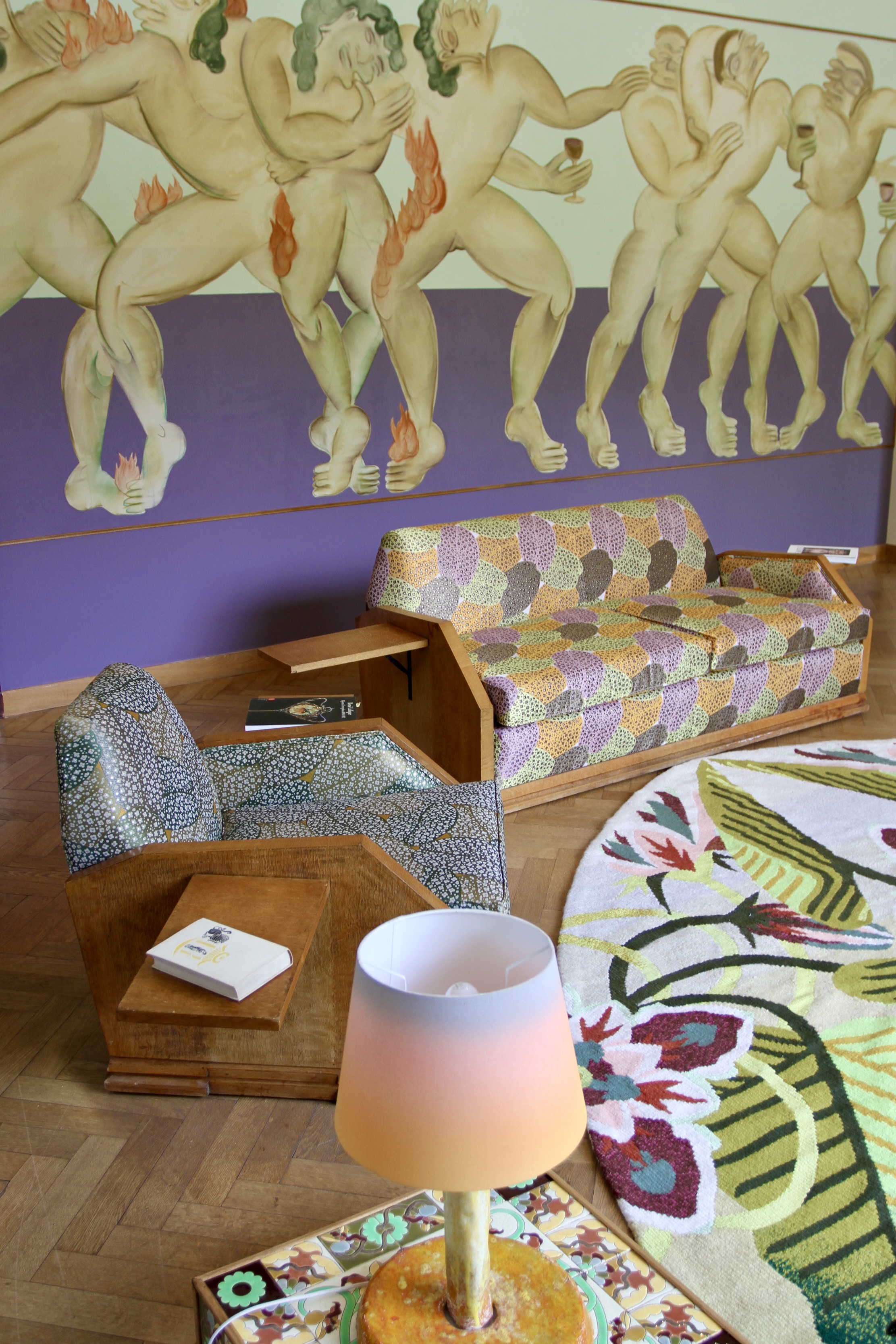
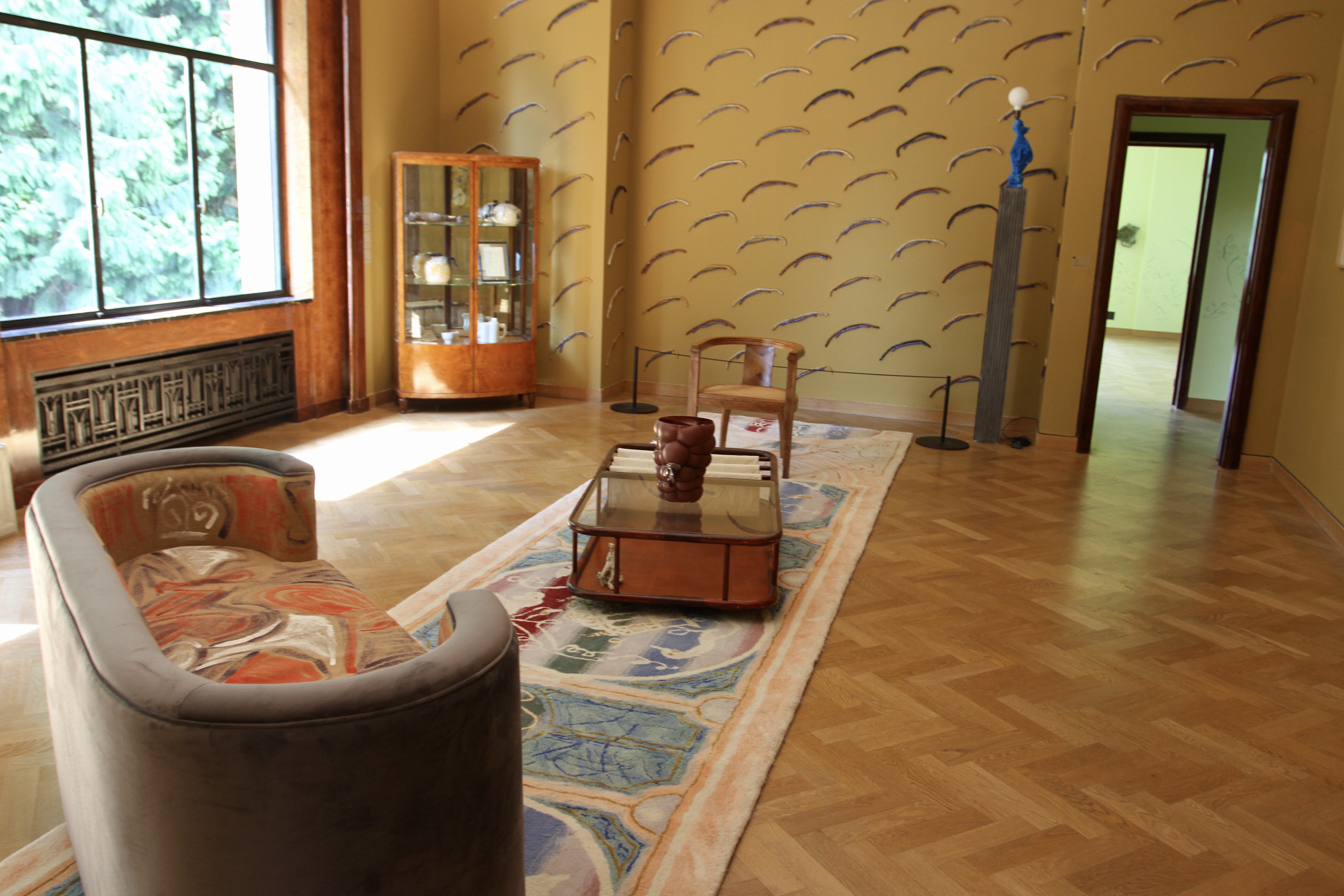

That was really when the Villa Empain’s troubles started, well that and the Second World War. In 1937, Louis decided to gift the house to the Belgian state which would transform it into the Royal Institute for Applied Arts. The outbreak of war, invasion and occupation of Belgium put an end to those plans. In fact, the house ended up being commandeered by the occupying German forces.
Evidence for how the Germans used the house is strangely absent, but it is rumoured that it was where the Gestapo – the much feared Nazi secret police with a fondness for torture – were based. Things became even stranger after the end of the war. Ignoring the terms of the bequest to the Belgian state, the government chose to install the Embassy of the Soviet Union in the building.
The Empain family decided to fight that decision and after a protracted legal dispute reclaimed the house in the 1960s, after which it was used as a gallery space rather than a home. It again changed hands in 1973 when Louis sold it to an American-Armenian tobacco manufacturer, Harry Tcherkezian, who also decided not to live in the house. Instead he rented it to RTL, a radio station from Luxembourg.
For the next two decades that’s how things remained. A house built using Escalette and Boisjourdan marble, balau wood from the East Indies, manilkara from Venezuela, bubinga from Congo, walnut, rosewood and oak, beautiful wrought iron, stained-glass and mosaics, and a lovely outdoor swimming pool, was a radio station. Worse was to come. After RTL left, the house occasionally hosted events before being abandoned in the 1990s.
Looted, vandalized and partially destroyed it may well have been left to its fate had the Boghossian Foundation not stepped in. Although many of the original features have been lost, the house retains its grandeur and today also hosts exhibitions. It really is gorgeous and I felt incredulous that it had never really been lived in. Just as unsettling and strange is where the fortune that paid for the house to be built was acquired.
This is Belgium, so there was always going to be a likely connection to the horrors of the Belgian colonisation of the Congo. The house is a good example of how vast wealth flowed from Congo to enrich Belgium. Louis Empain was the son of Belgian industrialist Édouard Empain, who made his first fortune quarrying marble during Belgium’s mid- to late-19th century industrial revolution.


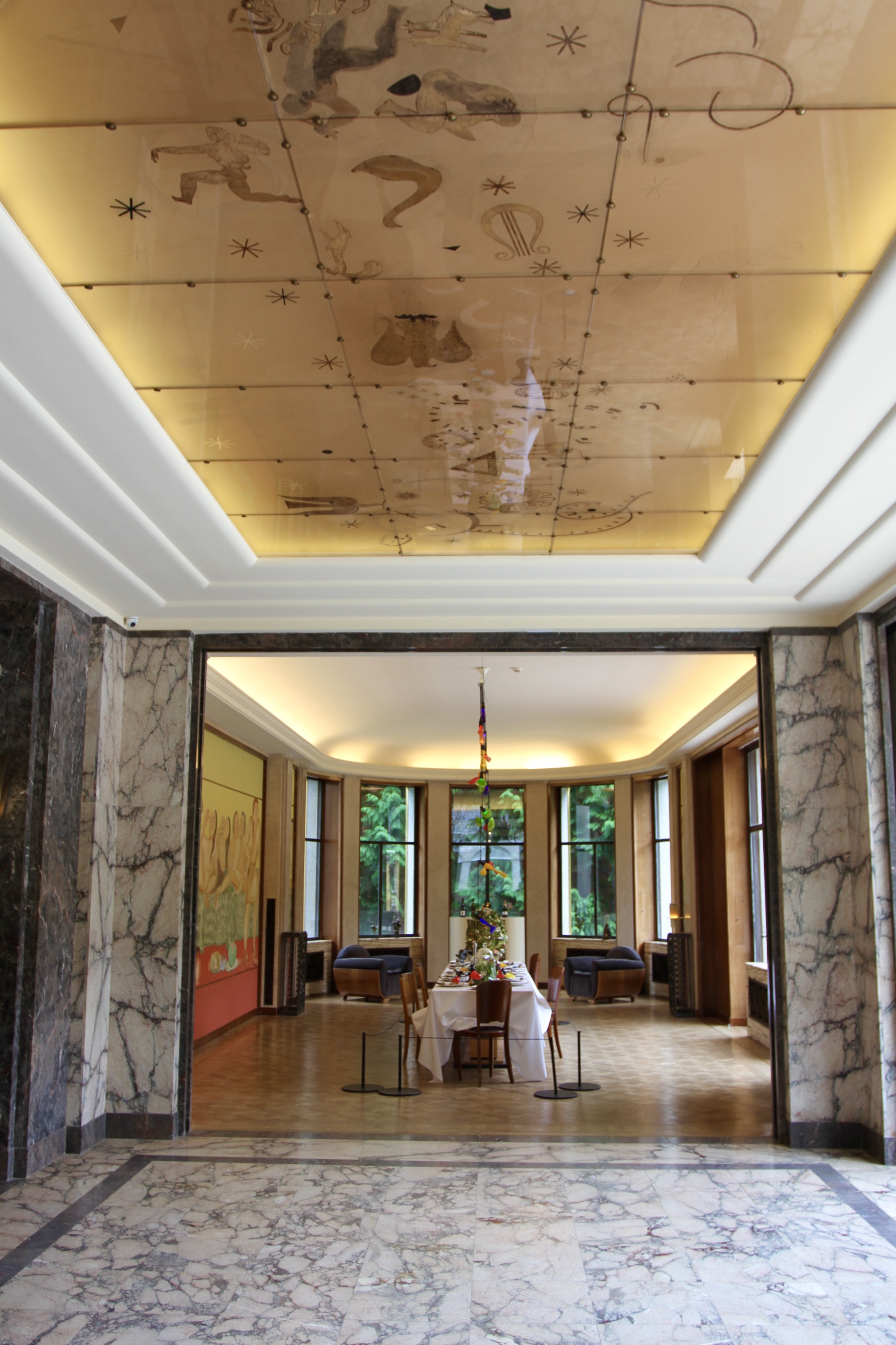
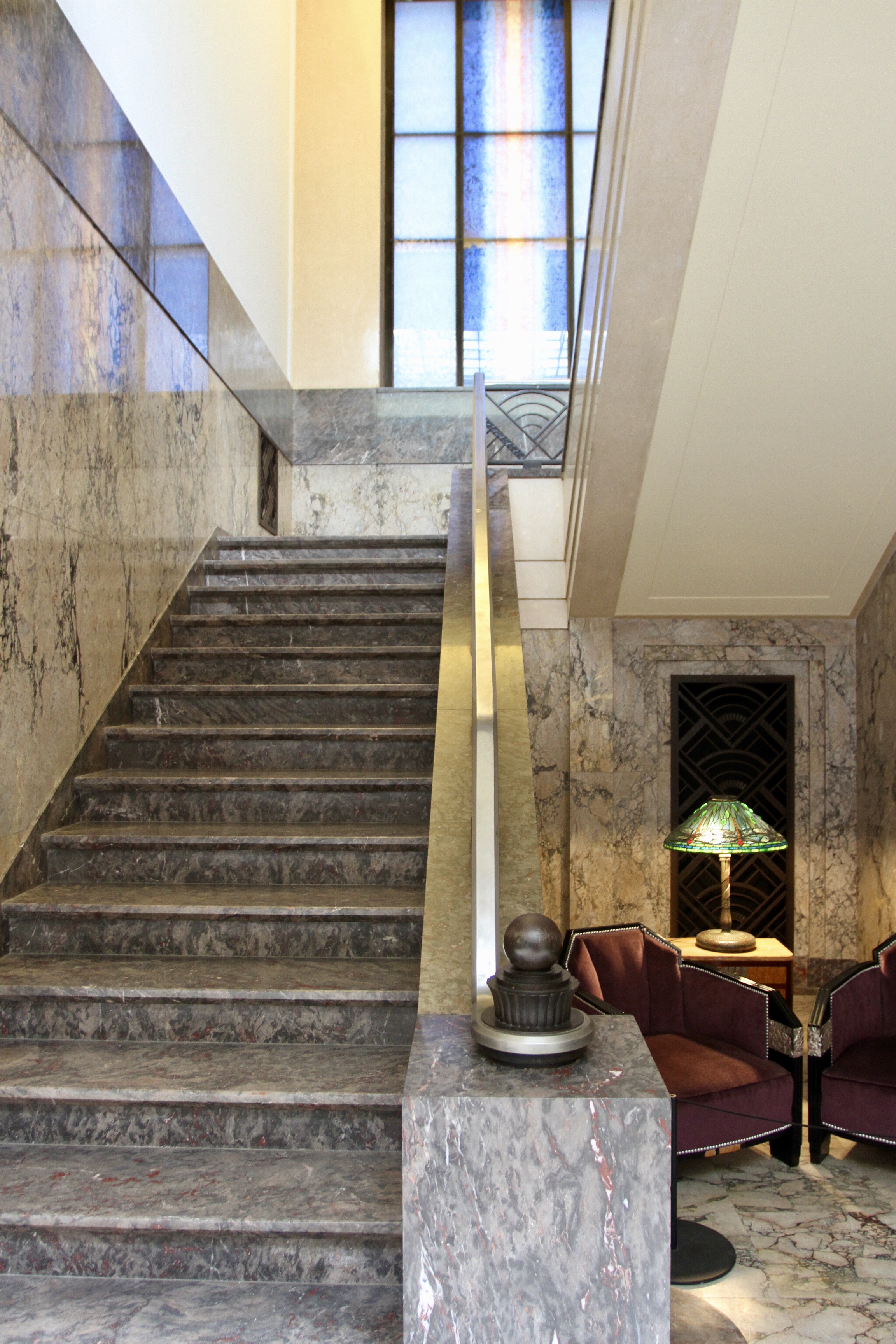
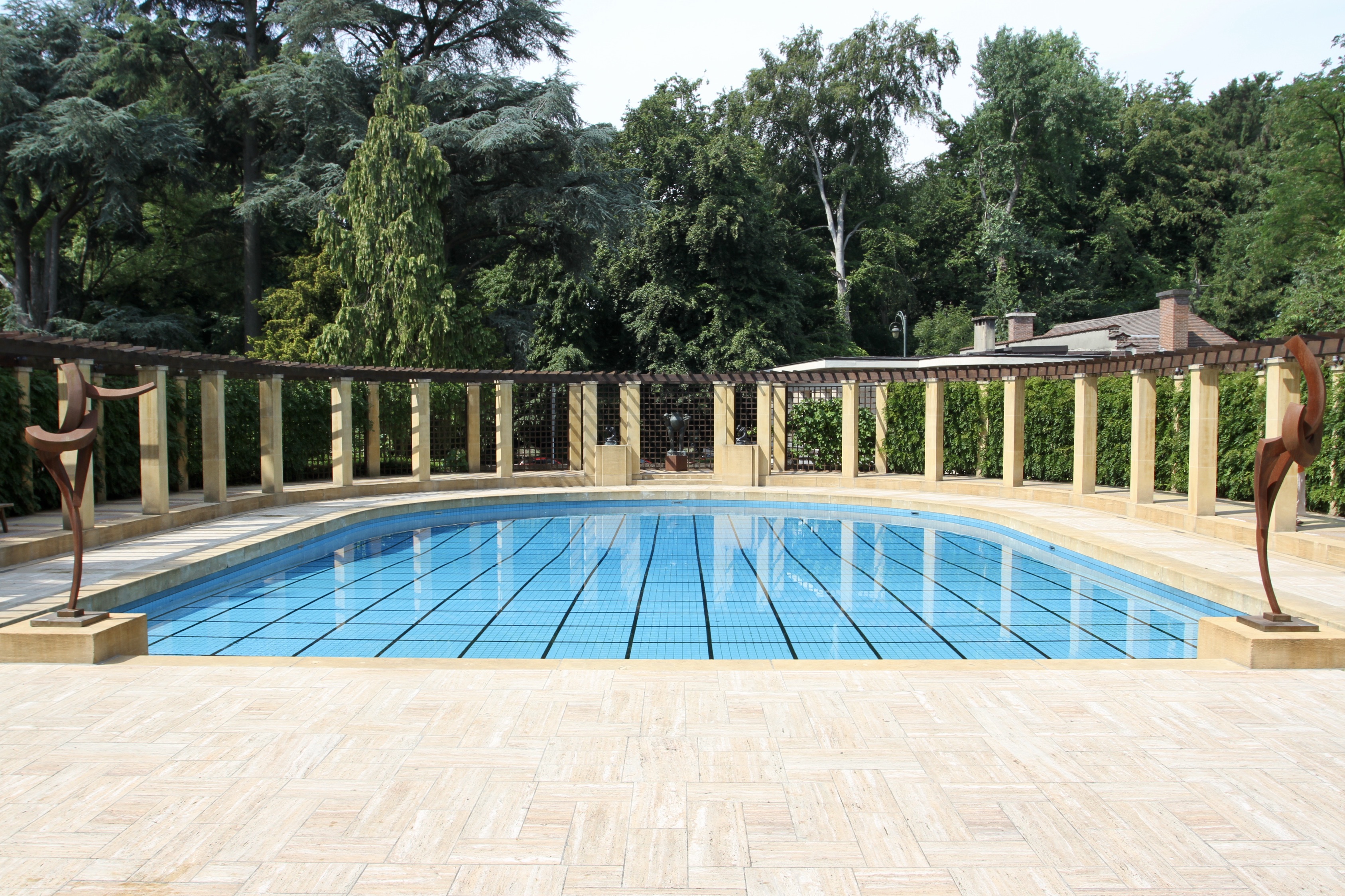
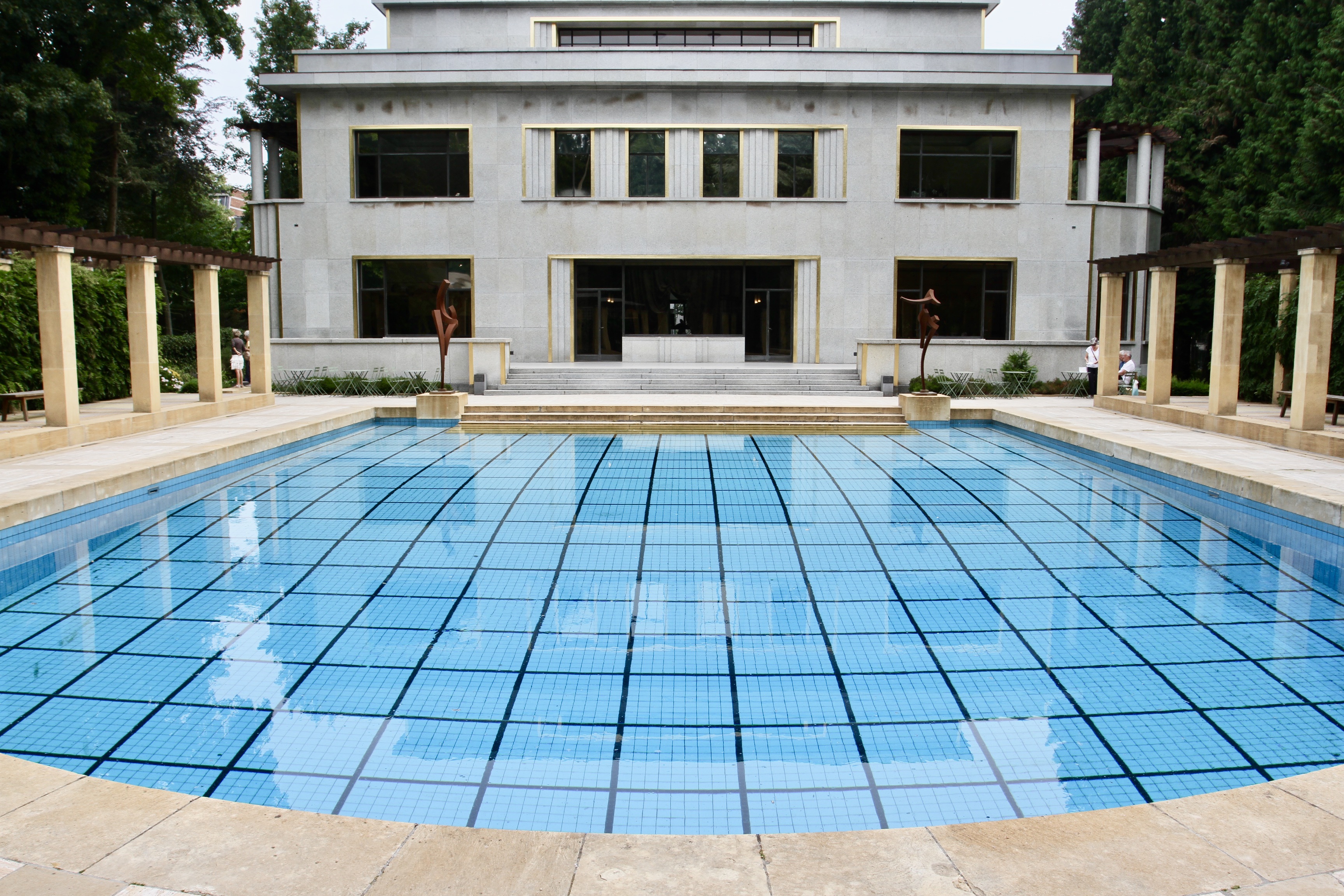
He soon expanded his business interests to railways, manufacturing and banks. He was responsible for building railways in Congo for King Leopold II, known as The Butcher of Congo, that were so important for extracting raw materials from the country and transporting soldiers and missionaries into the interior. Édouard would soon own mining concessions in Congo and was a close confidant of Leopold II.
Most famously, Édouard would win the contract to build the Paris Metro, but he also owned railways in Turkey, China, Egypt, France and the Netherlands. It was this vast fortune that he passed on to his sons, including Louis, when he died in 1929. Some of that extravagant wealth found its way into the Villa Empain, a glorious example of Art Deco that seems to have been unloved for much of its existence.












